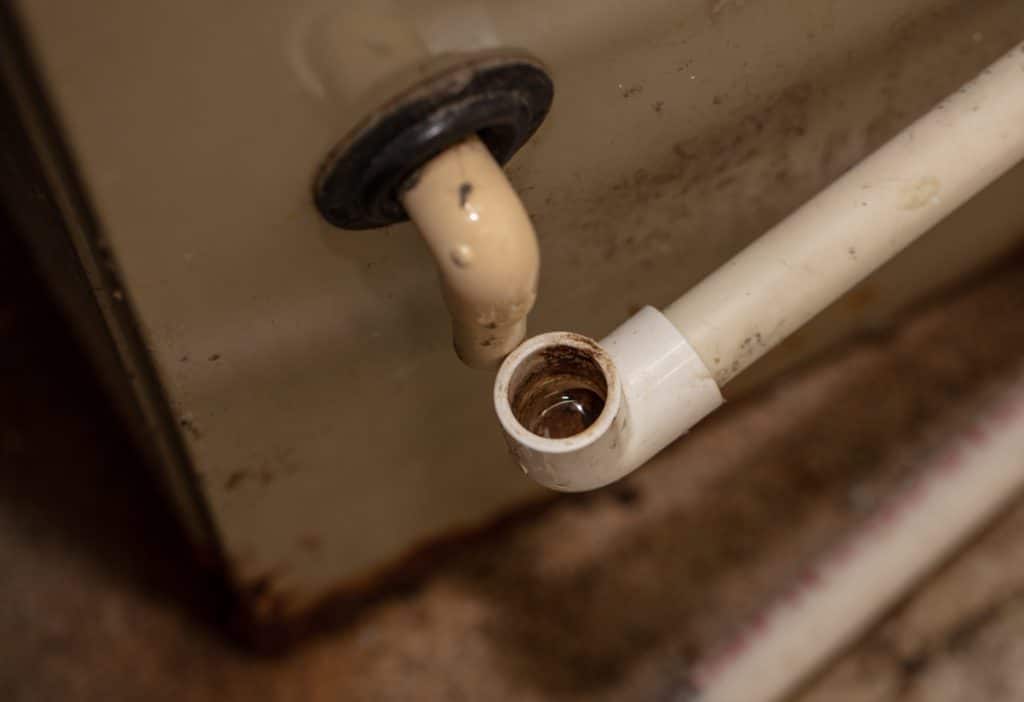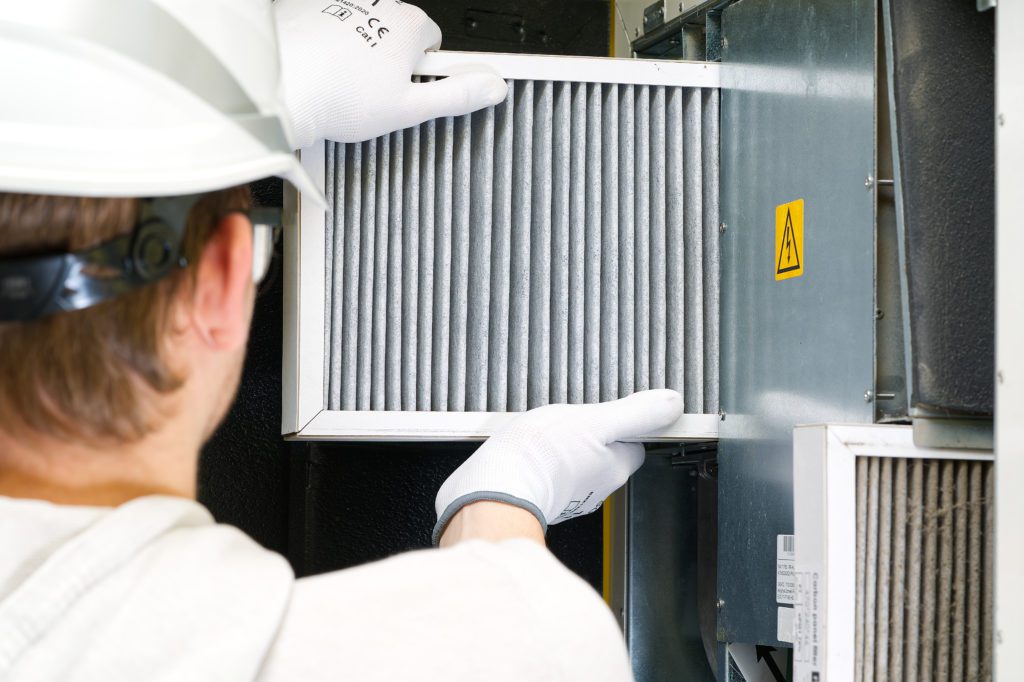You’re not alone if you’re gearing up for air conditioner season. These stalwart appliances give us a cool reprieve indoors while the outside temperatures soar. But if you have an older AC, it might not work as expected when turned on. We’ll explore nine reasons it might stop working over the winter, plus four ways to prepare your AC for the spring.
1. Tripped Breaker or Blown Fuse
Though it’s rare the AC circuit would trip without the system running or blow a fuse, it’s a possibility. Locate the appropriate fuse, replace it in the fuse box, and try turning on the AC. If the system doesn’t turn on, contact an HVAC technician. Likewise, call a technician immediately if the circuit breaker trips off again after turning it on. A tripping breaker often signals an electrical fault somewhere in the wiring.
2. Weather Damage
Winter winds can do more than cause a sleepless night due to noise — they can bring branches and limbs crashing into the condenser unit outside. Although the condenser unit has a metal outside casing, you should always check it after wind damage. Parts of branches and limbs may lodge inside the condenser, jamming up the exhaust blades or other internal parts.
3. Emergency Shut-off Switch
Most air conditioners have an emergency shut-off switch in a discrete location near the outside unit. And unless the switch has a cover or cage to prevent it from being flipped off, bumping or brushing against it could cause it to move.

4. Capacitor Failure
The start and run capacitors in the condenser motor provide power to the motor during two parts of the cooling cycle. If the air conditioner frequently cycles on and off, the capacitors wear prematurely and eventually fail. They’re also affected by high temperatures and can fail after overheating.
5. Clogged Drain Line
Every air conditioner has a condensate drain line to carry moisture collected from the heat and humidity out of the system. But unless this drain is cleaned regularly, mildew, mold, and other gunk forms in this enclosed warm and moist environment, causing a clog. Since excessive moisture causes major issues for an air conditioner, if the line clogs up, it usually sets off a sensor that shuts down the system until it is cleared.

6. Clogged Air Filter
If your furnace and air conditioner share an air filter, the filter will clog over time with dust, dirt, dander, hair, and other microscopic debris. Without adequate airflow through the filter, the system won’t turn on. While changing the filter will provide the desired amount of air, if the AC still doesn’t turn on, call an HVAC technician for further troubleshooting.
7. Malfunctioning Thermostat
The thermostat is the main connection between the air conditioner and regular operation. If an issue develops here, the communication to the system may become erratic, if at all. Check the thermostat batteries and change them if needed; weak batteries won’t supply the required power between the thermostat and AC.

8. Blower Motor and Fan Failure
The blower motor and fan push the conditioned air into the home’s ductwork so your household can enjoy comfort in every room. Given the workload these parts handle during an average year, they’ll eventually begin to wear out. The blower motor is usually on the quiet side when operating. Grinding, squealing, and other unusual noises usually mean an issue within the blower that needs immediate repair.
9. Refrigerant Leak
An air conditioner refrigerant leak is a serious issue since a low refrigerant level affects the entire system. Without the specified amount flowing in the coils, the coils will freeze over and trigger an automatic system shut-off to prevent further damage. If you have a refrigerant leak, don’t try to repair it yourself; instead, call an HVAC technician.
4 Ways to Prepare Your AC for Spring
1. Clean yard debris from the condenser
Yard debris blown into the air conditioner condenser is a huge issue. Wipe down the sides with a brush or broom and remove visible sticks, leaves, or other debris from the top opening. Keep at least two feet of unimpeded space around all sides of the condenser at all times for proper temperature regulation and ventilation.
2. Replace the air filter
As you now know, the air filter is almost a gatekeeper to whether the air conditioner will run as expected. It’s recommended to change the filter every two to three months; filters can be purchased at most department and hardware stores.

3. Test the thermostat
Even if the air outside isn’t warm enough for the AC, now is the time to test the thermostat and make repairs if necessary. Turn the system on from heat to cool and wait for it to start. Check the air vents after a few minutes for cool airflow. If you hear the AC running and feel cool air, your system is almost ready for the summer!
4. Schedule an HVAC tune-up
The last step in preparing your air conditioner for the spring and summer is scheduling a tune-up with your HVAC company. A technician inspects all parts, from the blower motor to the evaporator coils, for existing issues and those that may develop during operation. This appointment lets them make necessary repairs and fine-tune the AC for efficient operation.

Staying on top of a regular maintenance schedule for an older air conditioner is a great way to avoid the many reasons it won’t turn on after the winter. Contact Adeedo today to set up an HVAC maintenance appointment!

 Schedule Service
Schedule Service